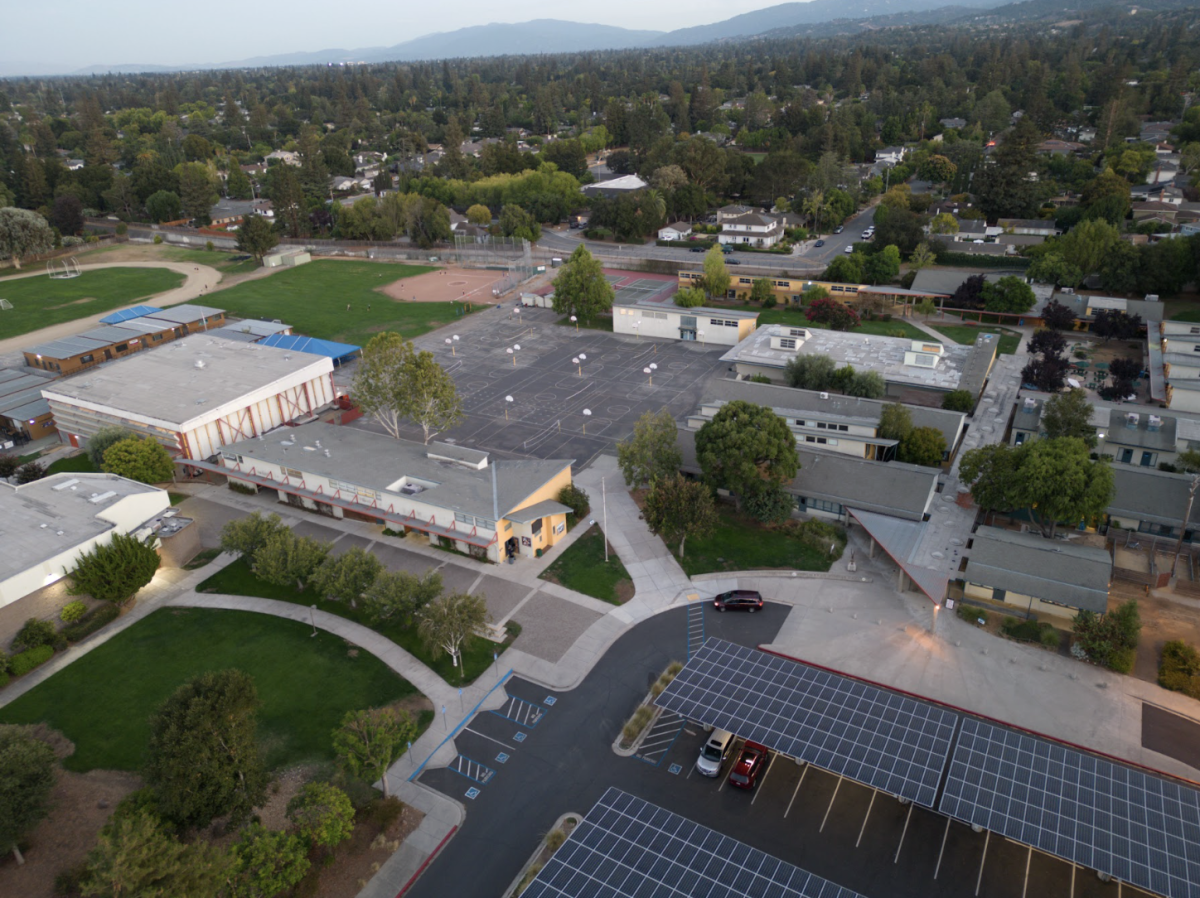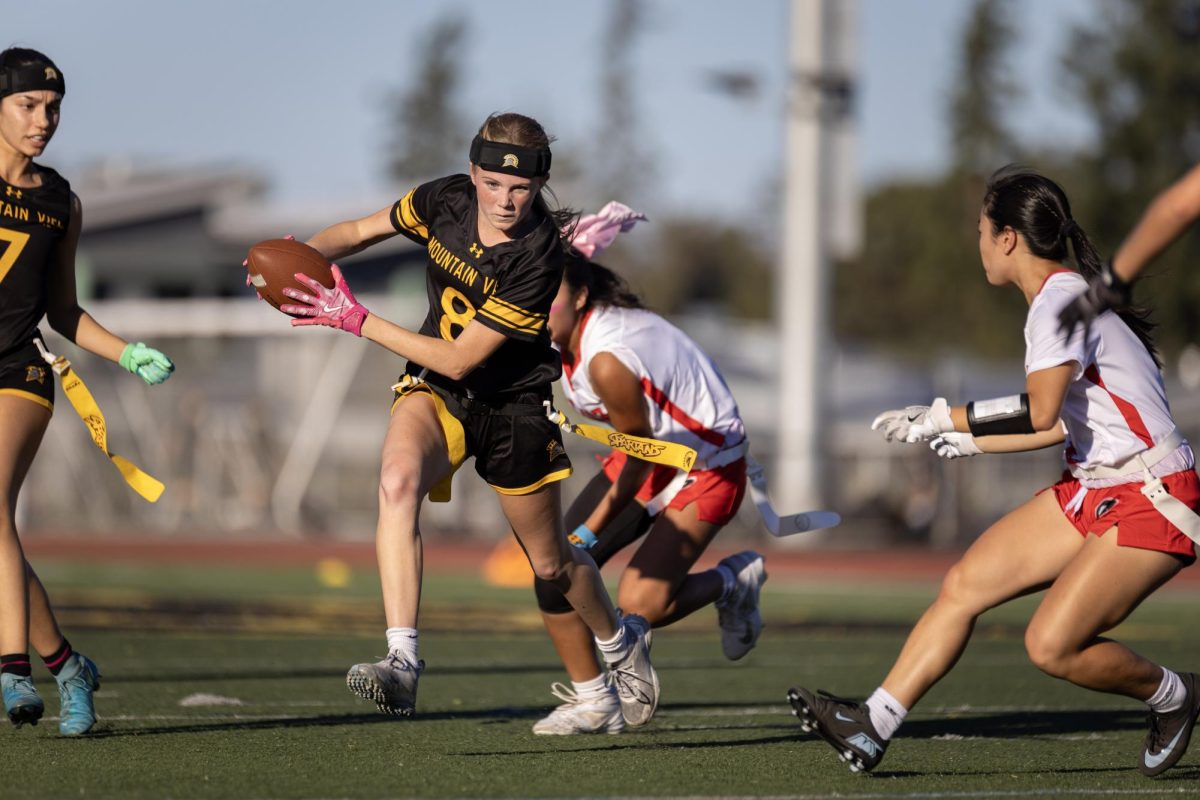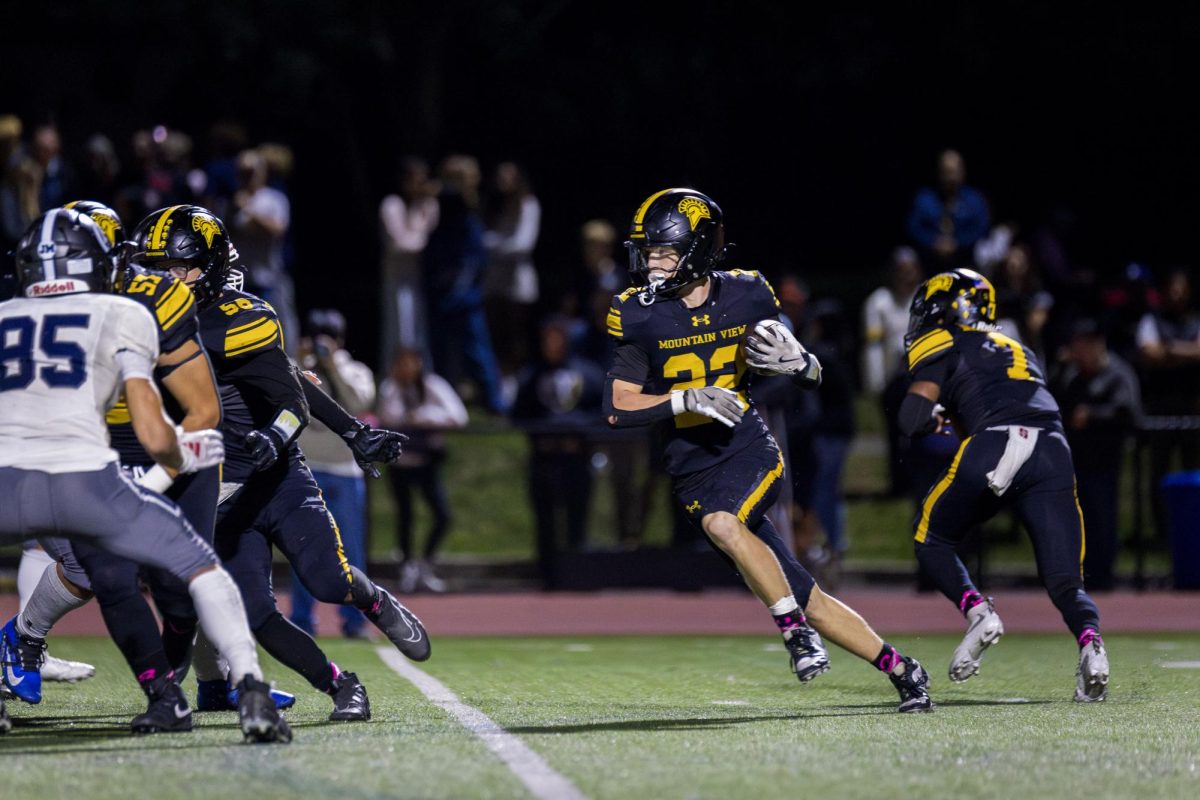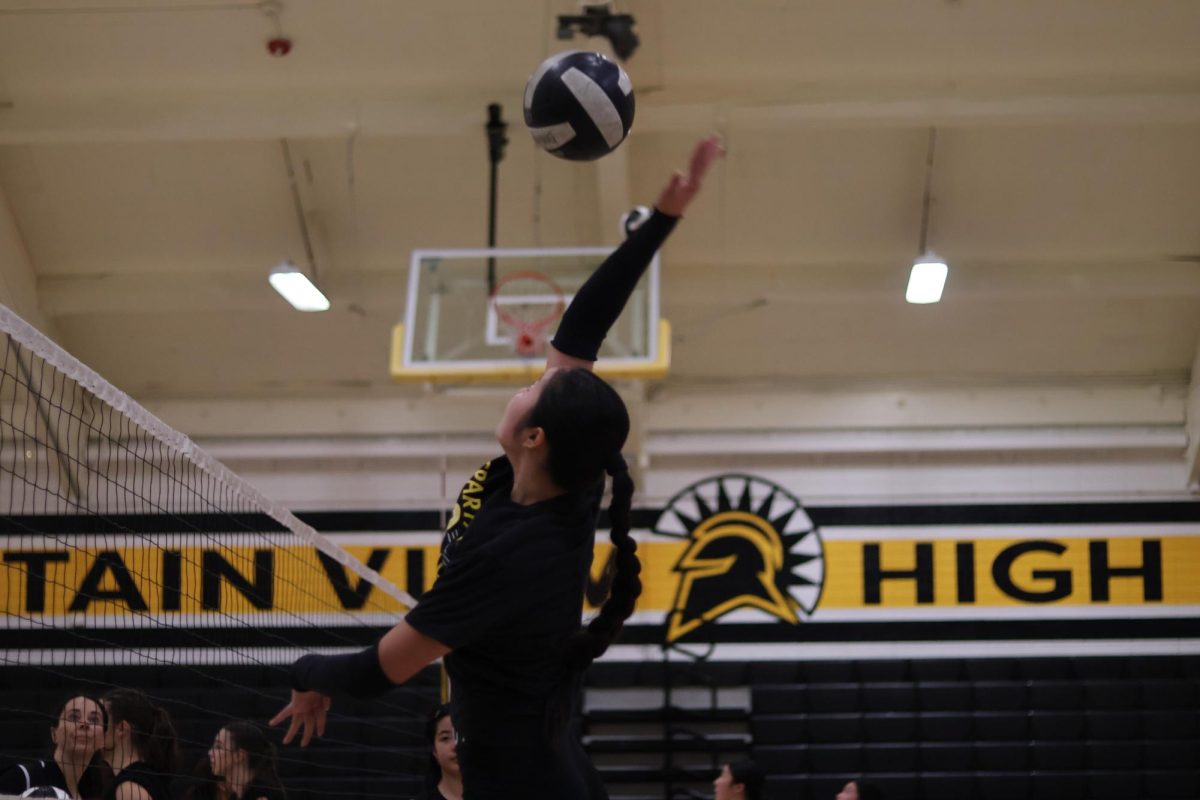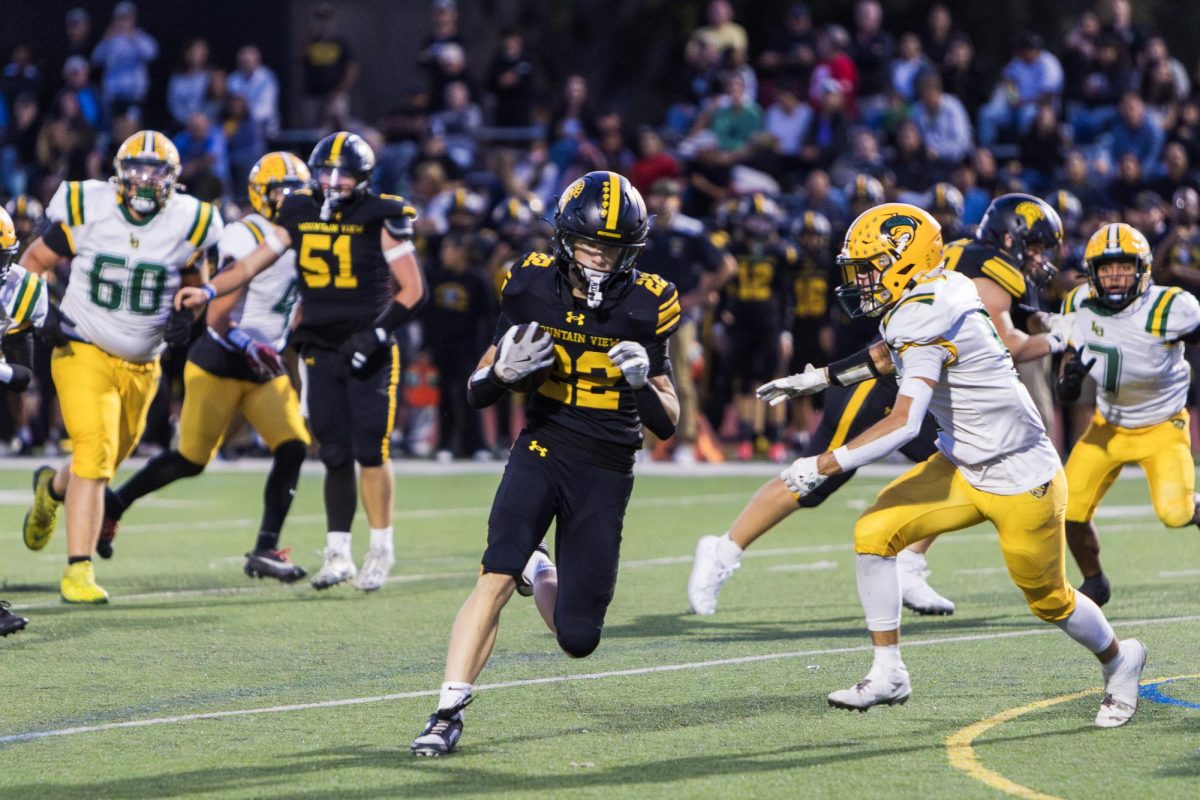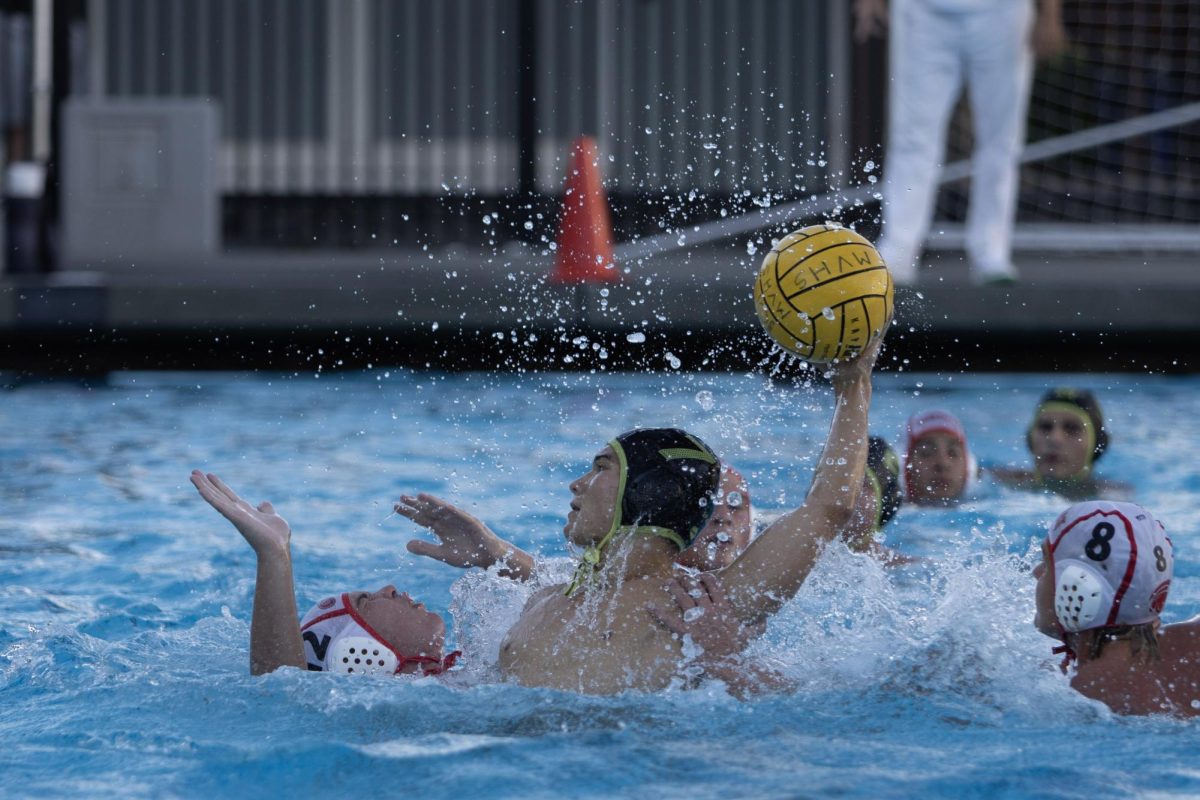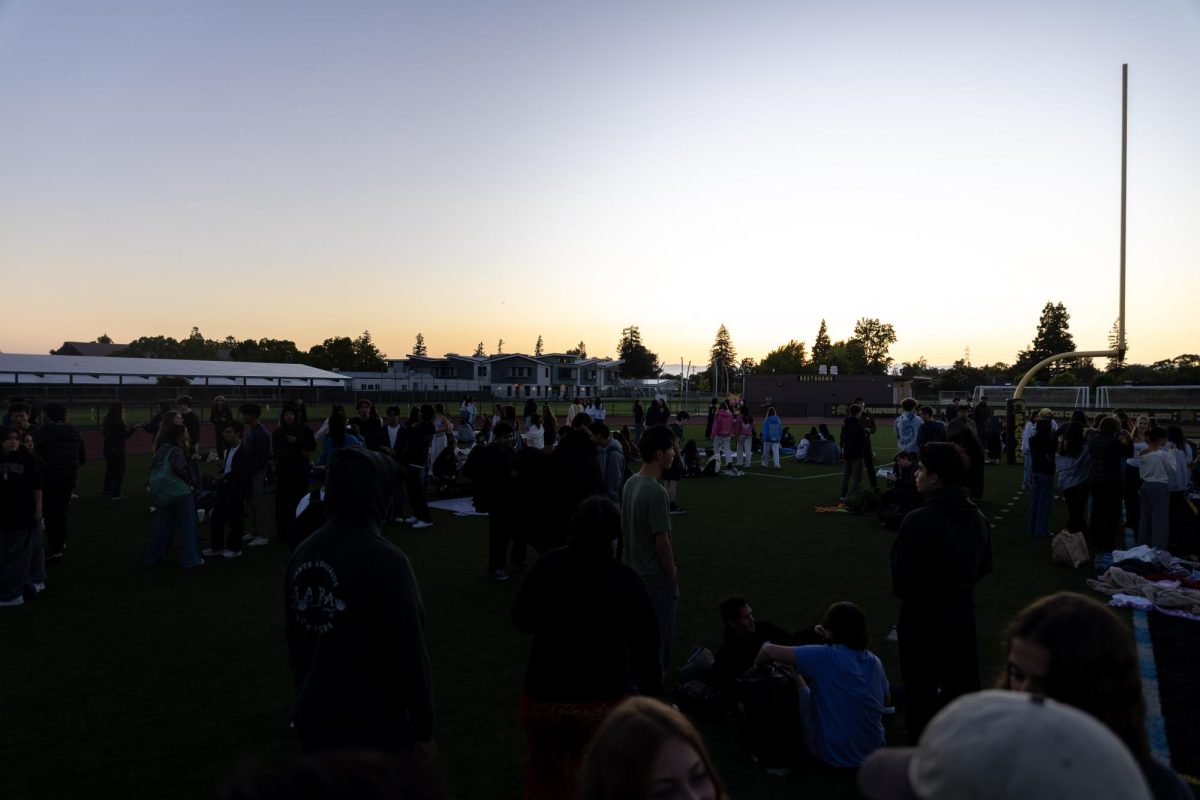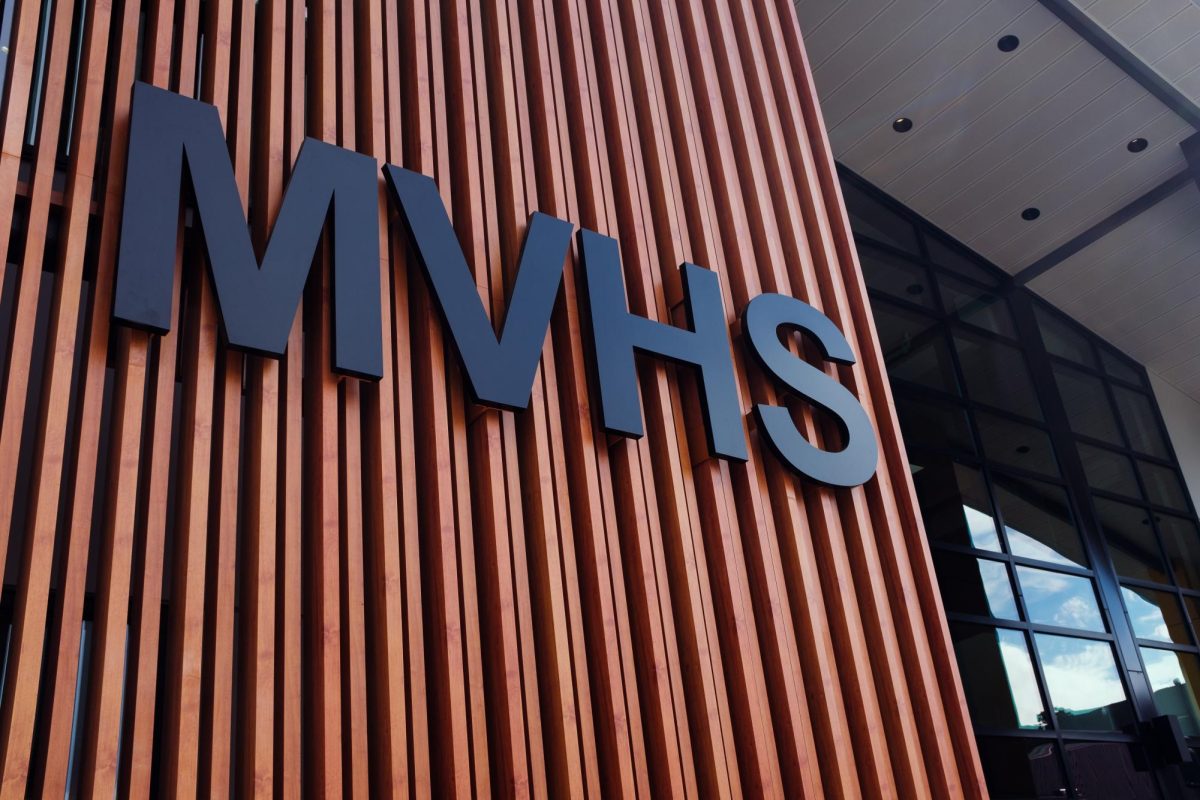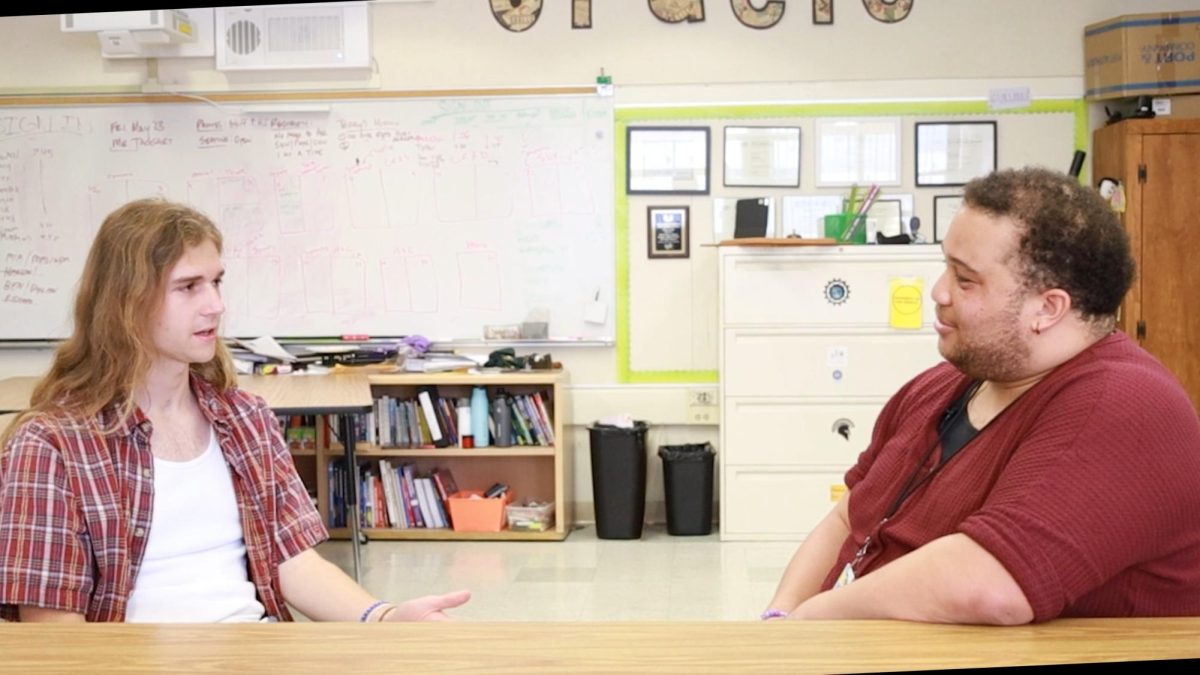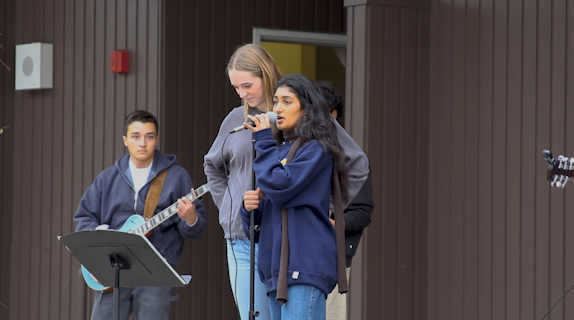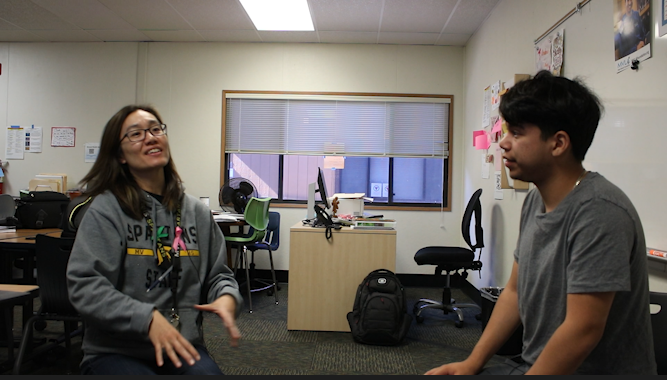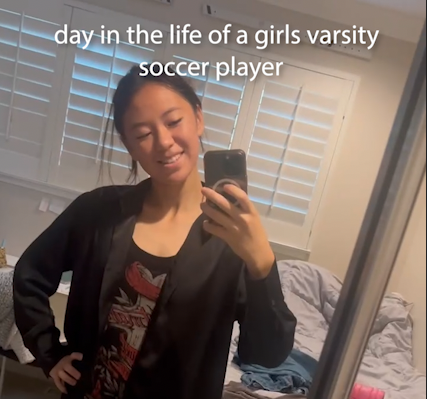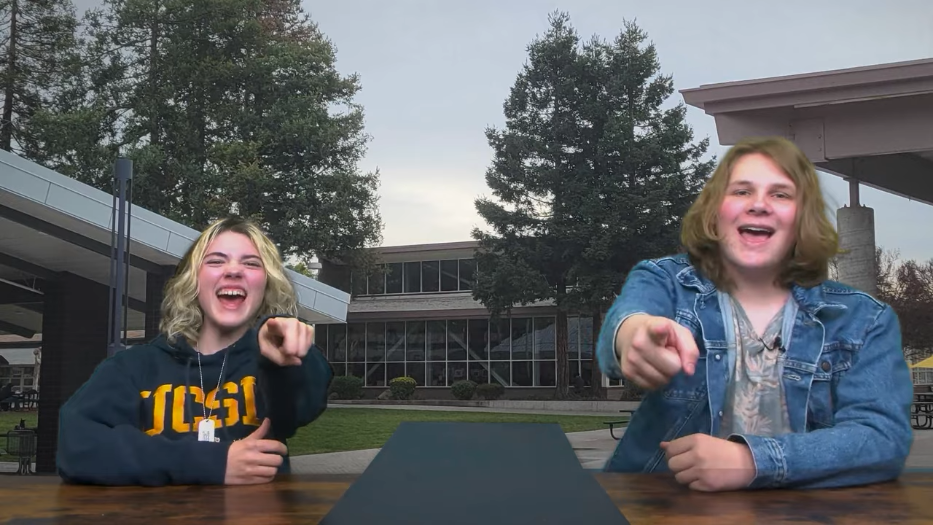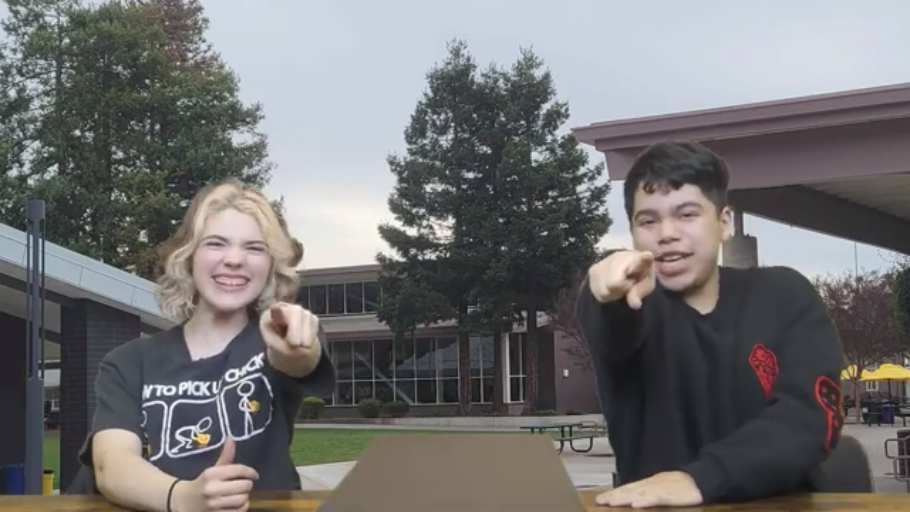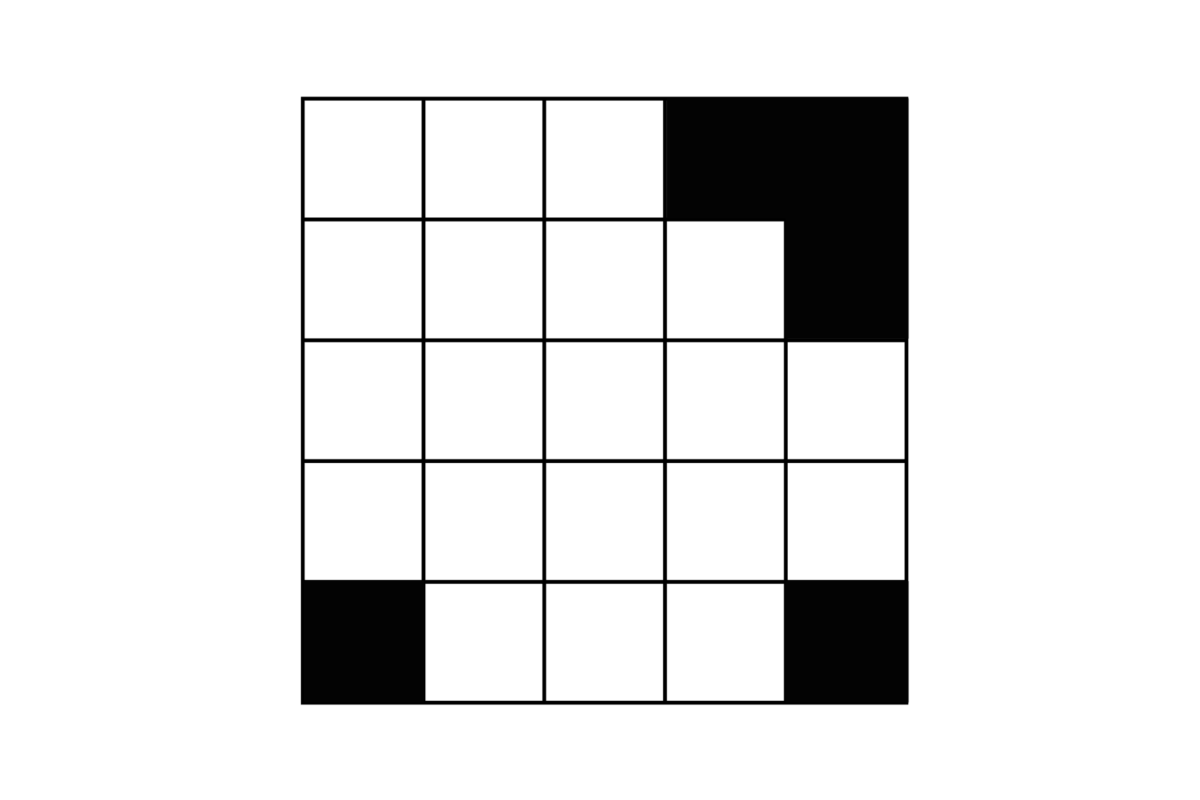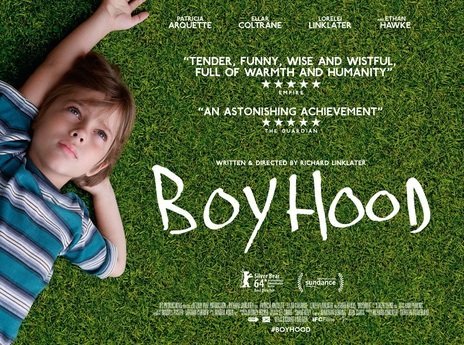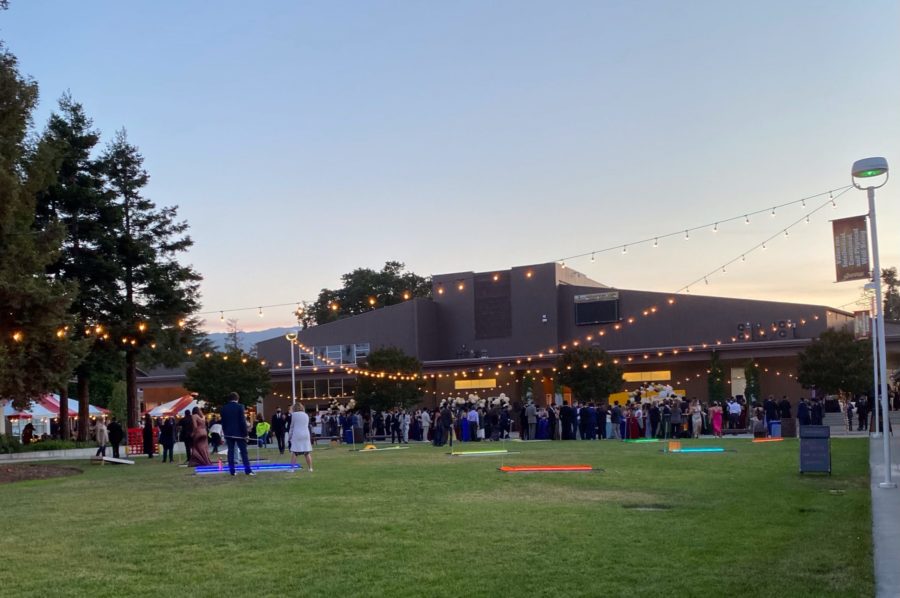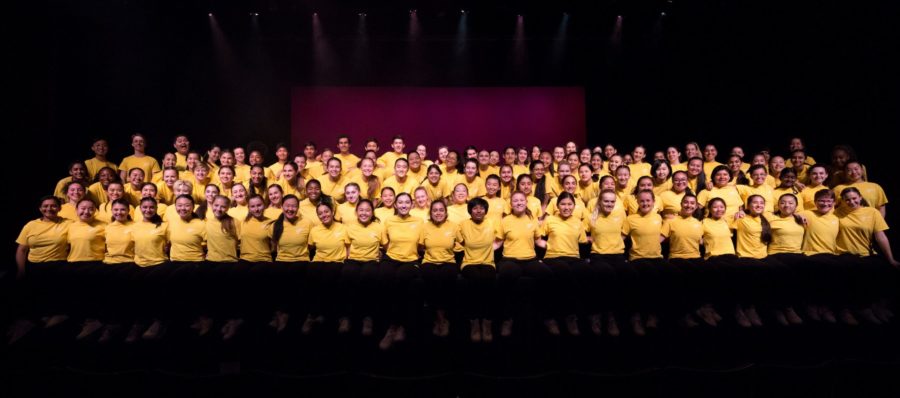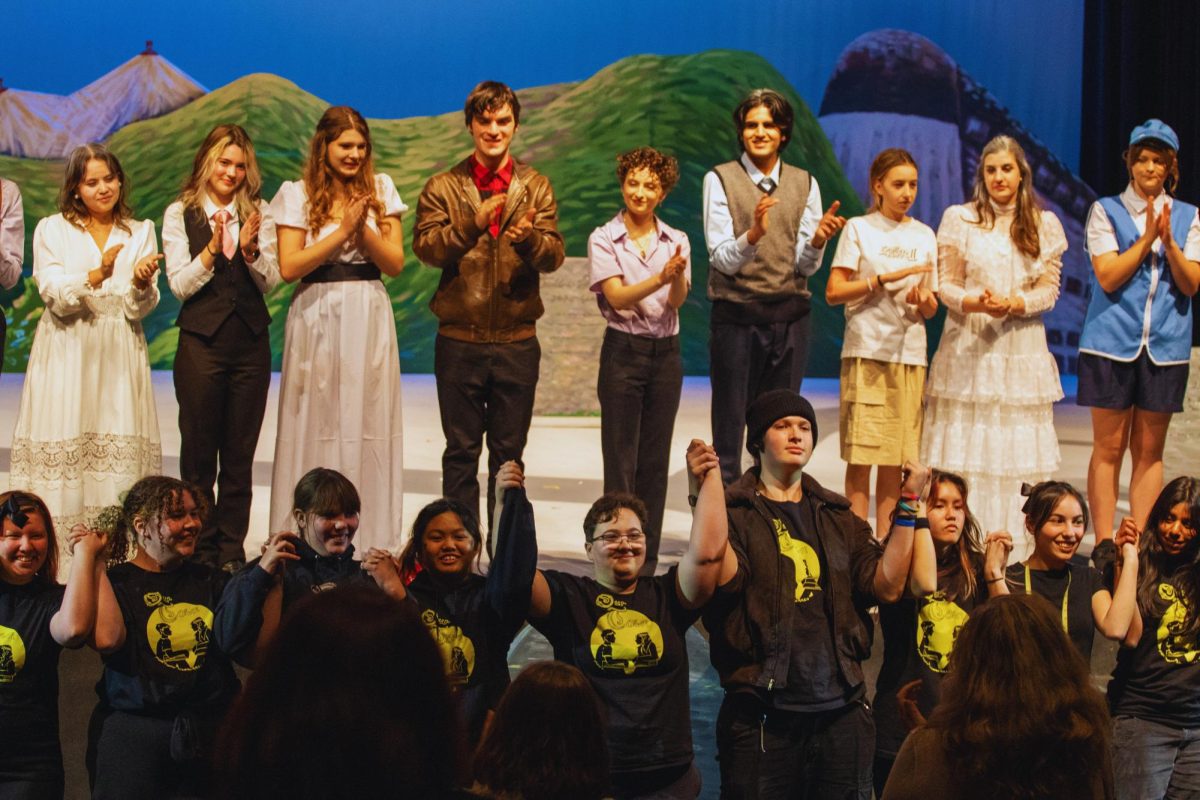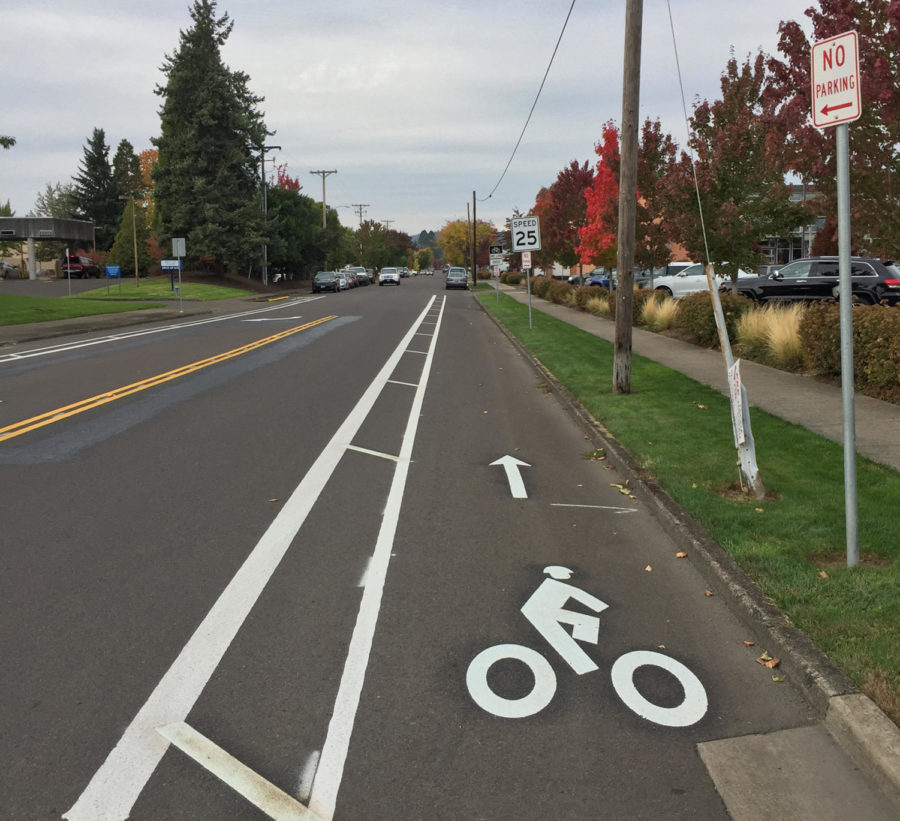I have always been an enthusiastic John Green fan. I attended the Redwood City Tour de Nerdfighting in 2012, met him, and he signed my copy of The Fault in Our Stars. In addition to TFiOS, I have also read An Abundance of Katherines, Looking for Alaska, Paper Towns, Will Grayson Will Grayson, and Let it Snow. In the first three years of my high school career, Green’s books seemed to provide a fresh take on Young Adult literature, and on the overall portrayal of adolescence in the media. His characters were intelligent and witty. Their stories were unique, or so I thought. In fact, I didn’t realize what was missing–not only from Green’s novels, but from the general representation of teenagers in most contemporary books, movies, television shows, etc.–until I watched “Boyhood.”
“Boyhood” is a coming-of-age movie written and directed by Richard Linklater and released in the United States on July 11, 2014. It tells the story of Mason Evans, Jr. from ages 5 to 18, and runs 165 minutes long. But what makes “Boyhood” so distinct is that it was filmed over the course of twelve years with the same cast. Because of this, it feels like a documentary, even though the plot has no direct relation with the actors’ lives.
While watching the movie, I developed a bond with the characters. I literally watched them grow up–physically, mentally, and emotionally. And despite the fact that we had very little in common, I could see myself in Mason and his sister, Samantha. The uniting factor was that, by a certain point in the movie, we were all adolescents, finding ourselves, figuring out our lives, and growing up.
So how does any of this relate to The Fault in Our Stars, or any Young Adult novels for that matter? First and foremost, “Boyhood” was a wake-up call, demonstrating exactly what was wrong with modern media catering to our age group. From my personal experience, teenage characters in literature, movies, and television are typically painted as almost entirely perfect or entirely imperfect. James Franco’s Palo Alto, for instance, is narrated by seemingly heartless and incredibly disturbed high schoolers with little to no consciences. This is what I mean by entirely imperfect. On the contrary, Hazel Grace Lancaster and Augustus Waters, as seen in TFiOS, stand on the other end of the spectrum. They are verging on entirely perfect.
Those who have read The Fault in Our Stars are probably thinking that Hazel and Augustus are far from perfect–after all, they have both been diagnosed with terminal cancer. This is true. Their lives are not perfect, but they are mainly portrayed as perfect people. Every single thing they say is beautiful, eloquent, and calculated. Their actions are logical, moral, and unfailingly “right.” Not only is such perfection impossible, but it’s nearly inhuman. What kind of adolescent says things like “My thoughts are stars I cannot fathom into constellations?” There’s also Gus’ impeccable monologue, in which he says, “I know that love is just a shout into the void, and that oblivion is inevitable, and that we’re all doomed and there will come a day when all our labor has been returned to dust, and I know the sun will swallow the only earth we’ll ever have, and I am in love with you” (John Green).
Let’s be real for a second. Green is a wonderful writer, but this is altogether unrealistic.
The characters in “Boyhood”, however, are inherently flawed and yet act upon good intentions. They are balanced representations of the good and the bad combined to form a singular identity. They are accurate portrayals of people, and they are completely human.
Watching “Boyhood” showed me exactly how adolescence should be treated in the media. It’s a part of life, neither entirely perfect nor imperfect, but a combination of both.

